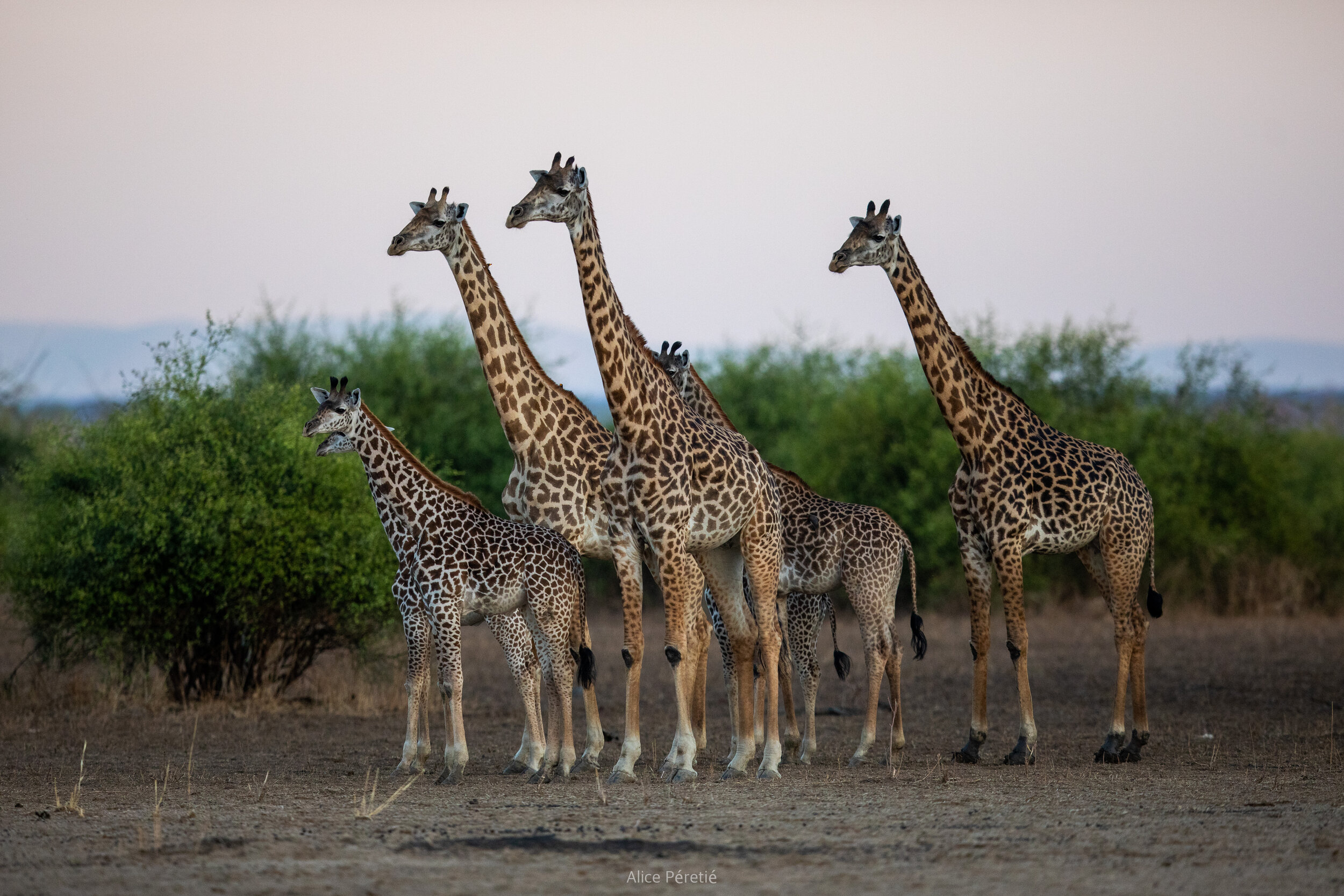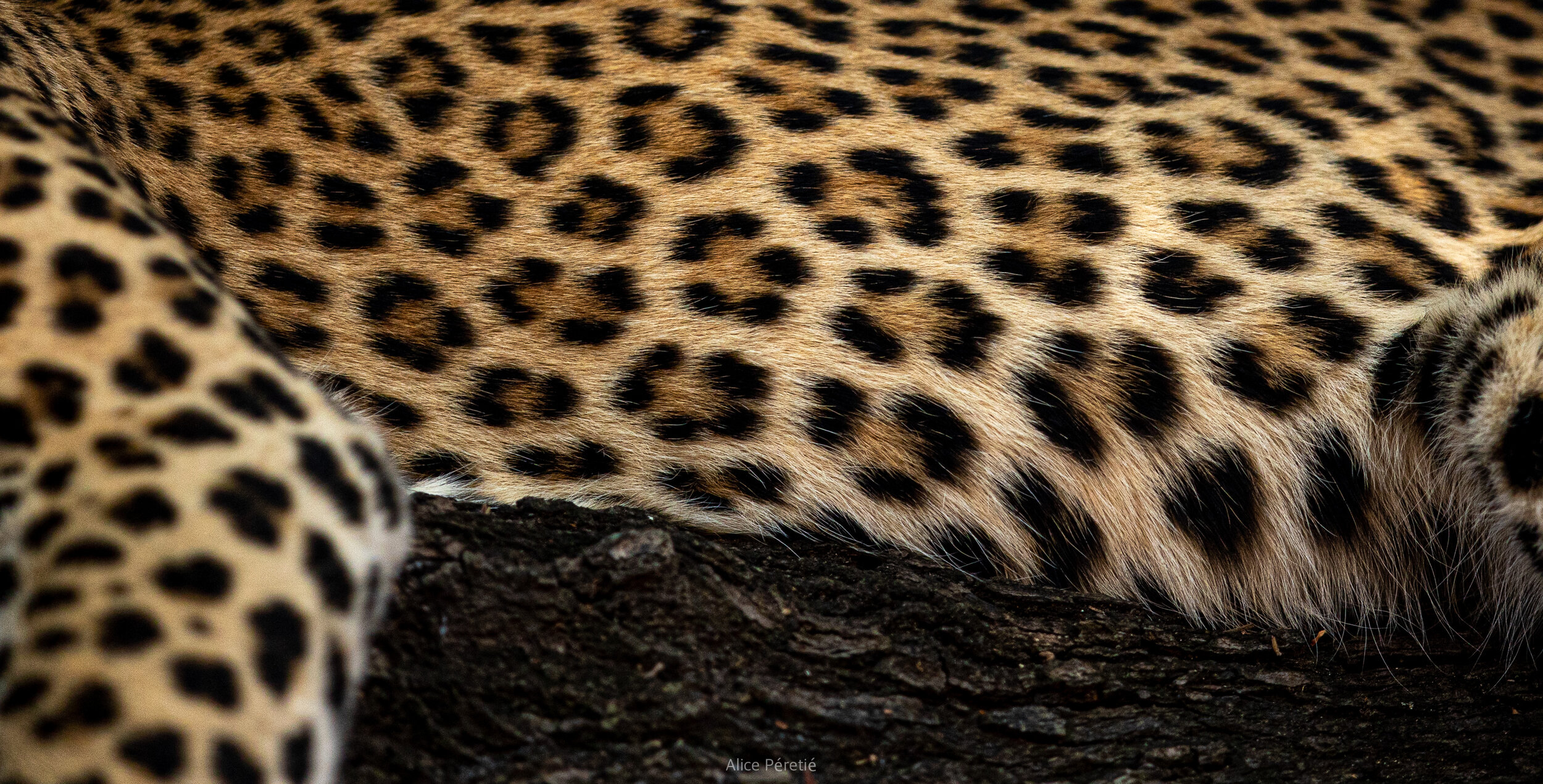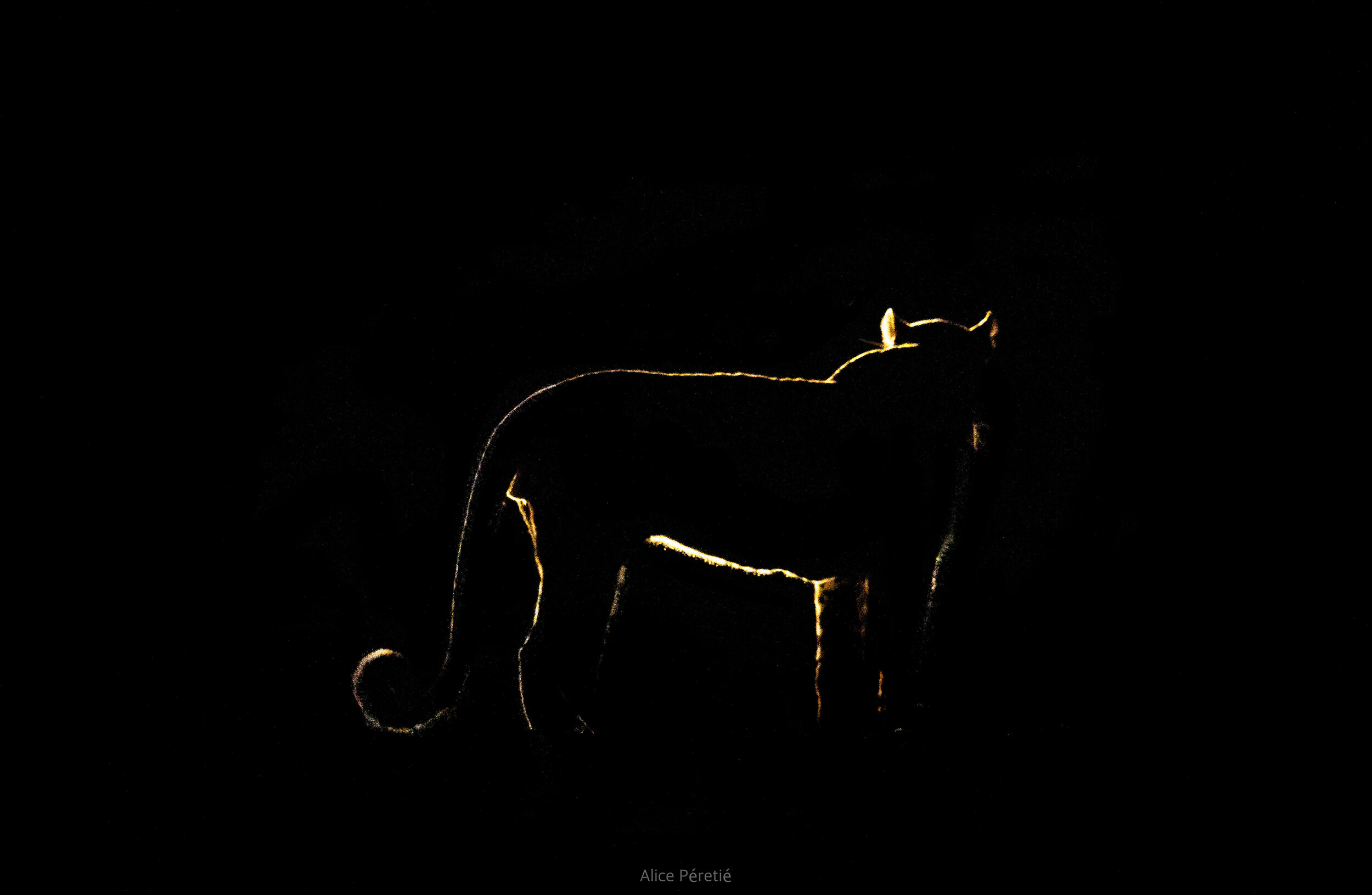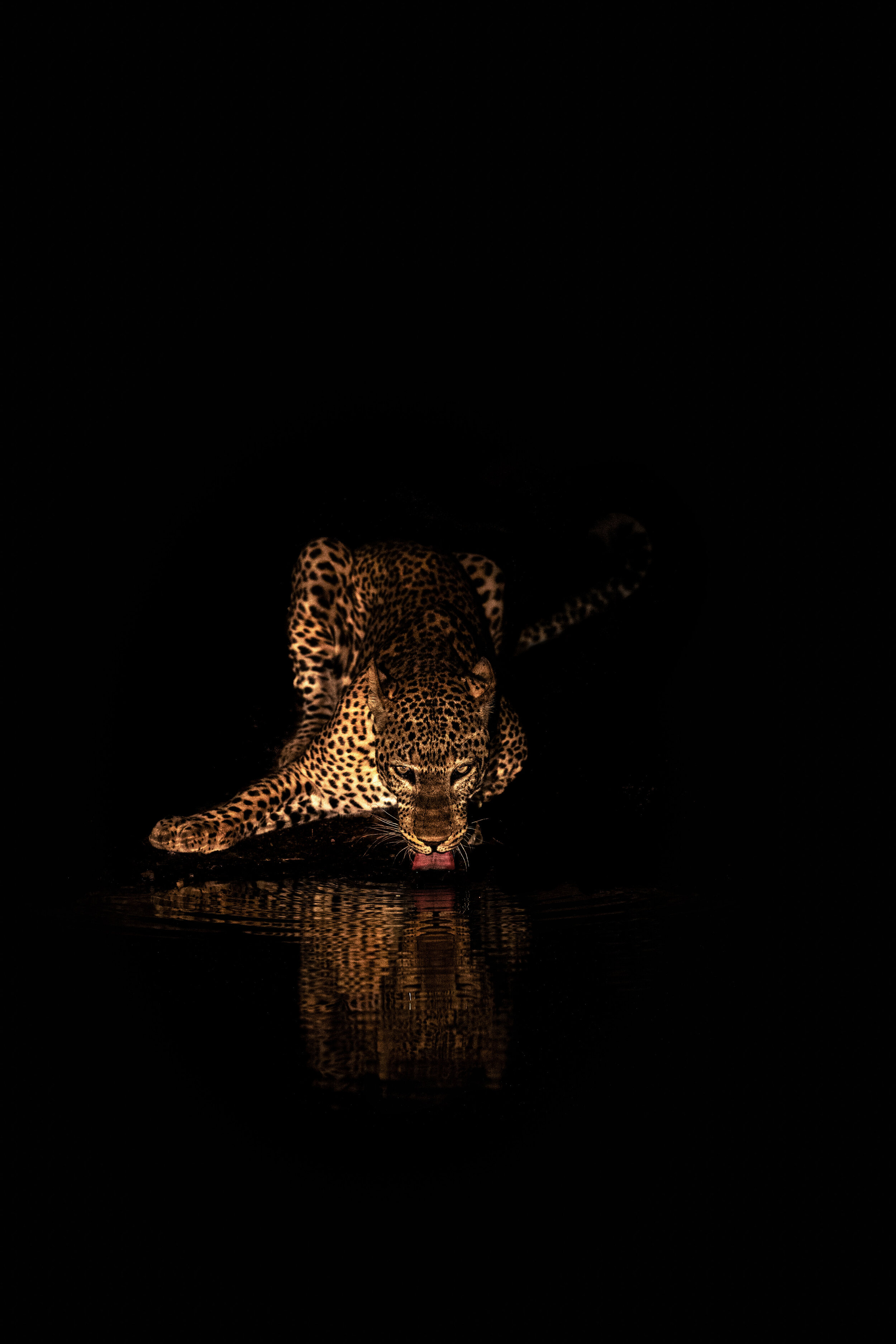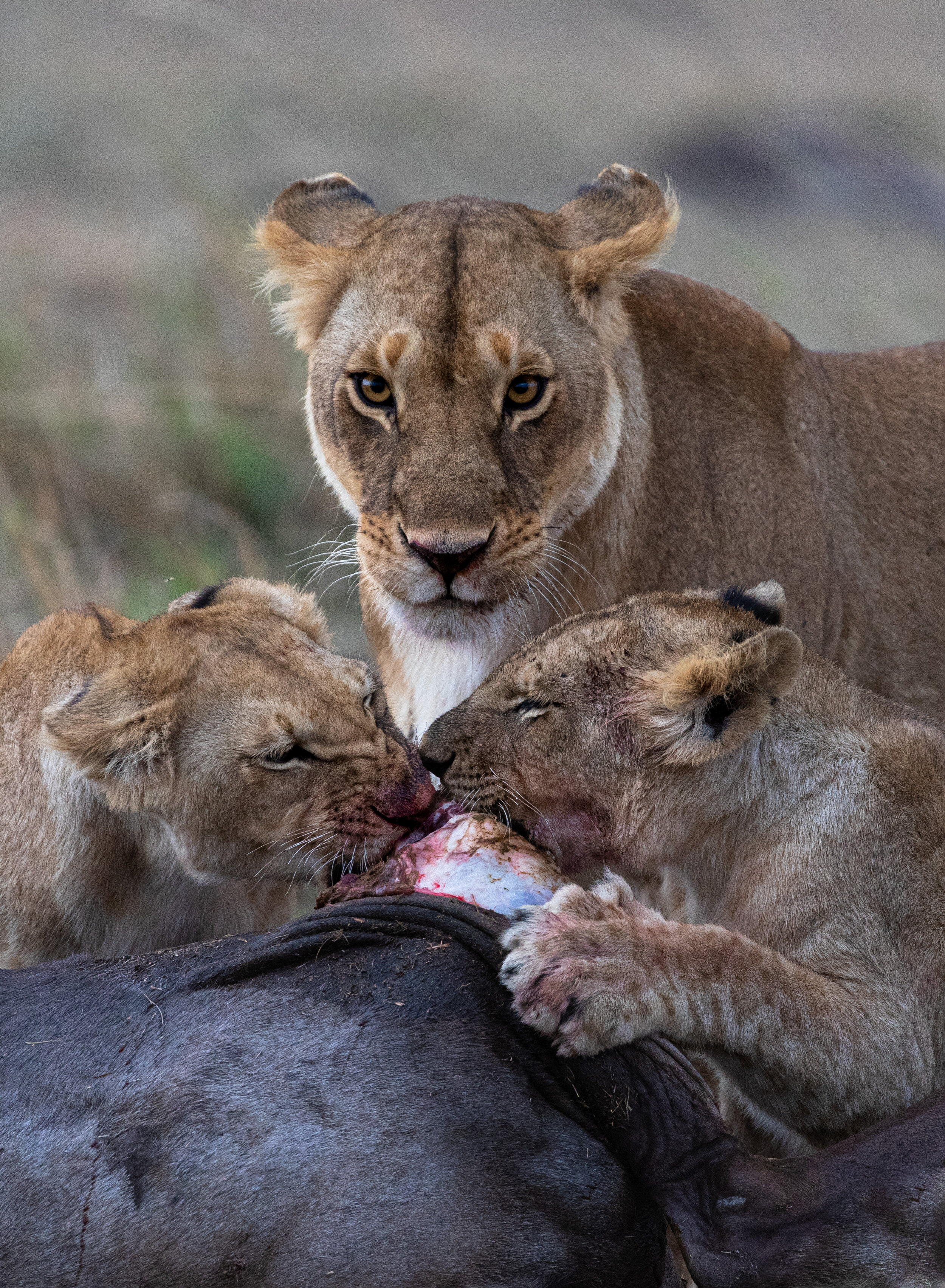A night with a beautiful Zambian male
Jambo sana from the very exotic and remote destination that is my couch.
It’s time for a new story from the bush - but with a bit of a twist.
I’d advise stopping here, making yourself a nice cup or glass of tea/coffee/wine/gin/whatever you fancy and resuming.
It’s a little interesting - now that we have so much time (and I usually work from home so not much change for me) and that the internet is literally flooded with content, plus people everywhere saying NOW IS THE TIME TO GET THINGS DONE - well, I’ve found it a little stressful to find a routine, and get to grips with the seemingly new pressure that is to create/learn/read/yoga/meditate/come out of confinement having learnt to balance on one finger whilst speaking Nyanja.
However.
If you do want to try new things, and gently ease into them, then I’d love to take you with me on a little journey for the duration of this article. It’ll be an introduction to the beautiful Art that is Philosophy, as well as a story from the bush. Hopefully, during this short read, we’ll be both travelling to Africa, opening your heart (or whatever chakras need opened) and sharpening your brain.
Let me tell you a story. The story of a very sultry and sassy Zambian boy.
Yes, you guessed it.
This guy. (oh, was my title misleading?)
It was our last evening in the South Luangwa. We’d just spent an evening with lions messing around the river bed, getting chased by an elephant, and well, doing what lions do best -sleeping. It was a memorable sunset, as much tainted with all shades of reds and oranges as it was with a certain melancholy at the idea of flying home the following day.
Driving back to camp, we were all in a relatively meditative state - each in our own bubble, inhaling the earthy and musky evening bush scents - ones that only come with the refreshing release of the night. A soft breeze, cool air, and a gentle smell. The crickets and frogs were chirping and we silently listened to the African night. When suddenly, an exclamation from Patrick, our guide, snapped us out of our thoughts. A leopard was casually padding along the side of the road. A beautiful, healthy cat, clearly in his prime. He stopped, looked at us, blinked, and trotted gently to the other side of the road.
“I know where he’s going” murmured Patrick, and he drove off into the night, down a little gully, halting the vehicle one the other side of an inky black pool of water. The spot came on and the cat crept down towards the water, maybe 4 metres away from us.
It was just us and him. He lapped the water with intent, quenching the thirst of a very hot day. The light illuminated his golden eyes and pelt, but something magical was happening. His tongue sent the water rippling into the darkness, the reflection dancing like golden threads across his muzzle. All it took was a simple look from those amber eyes, plunging them into every single one of our gazes, and he made it clear he knew of our presence.
Occasionally, he would swap one of his paws, stretching out, but always drinking. The only sounds around us were the delicate disturbances of the water as he drank, accompanied by the night’s beautiful chorus.
I’ve rarely been the spectator to something as enchanting before. A hypnotic dance between the water, the light, the leopard’s eyes and face. The spell broke off after what felt like time had stopped, not abruptly, but simply so. He was done, and it was time for the moment to end. He had given us half an hour of pure Beauty.
But we had an idea of what was going to happen next - leopards tend to be nocturnal cats. So we were hoping for a hunt - I was secretly just wishing to get a shot I’ve had in mind for ages - an illuminated outline in the dark. It requires someone being on the other side though - and by magic another vehicle appeared. Well, things were getting interesting.
We managed to catch up with the leopard, who was clearly searching for prey. In the matter of a few seconds, the perfect opportunity arrose for that backlit shot I’ve had in mind for longer than I can remember. I had prepared everything, but my lens was not in the mood to cooperate - the connection with the camera was faulty, you see. I could feel the frustration building up inside me, I’d chased this for so long. But quickly, and for one of the first times, I realised on the moment that it didn’t matter (usually I tend to be disappointed then mange to convince myself that the moment is more important etc etc). We’d just witnessed a beautifully unique spectacle and I had to be grateful for it. I often try and focus on the “it’ s the experience that matters” mindset, but let’s be honest for a second, missing an opportunity like this downright sucks. I was just surprised at how quickly I managed to let go, and shrug it off.
We let the leopard go on with his night, not wanting to interrupt his hunt. With rosette shaped golden stars in my eyes, cheeks hurting with the memory of a surreal scene engraved in the back of my mind, we set back to camp, ready for our own dinner. It turned out later that I’d managed to snap 2 shots of that backlit scene. Hurried and not really what I wanted composition wise, but still, I had my shot.
Our story ends here. But not this post - For some reason, I decided I wanted to be little cheeky and deconstruct certain things (yeah, that’s my idea of fun).
This is not a leopard (I’ll spare the “Discuss. you have 4 hours”).
Other than an obviously annoying task, trying to see how far you can deconstruct whatever topic you have in front of you - this assignment forces the viewer to look at what else is in the image. What makes the image. And now we start addressing symbols. The curled tail. The shape. The backlight. The rimmed silhouette - that’s what the image is. So many symbols that force the viewer to stop and think, how did this happen?
This is not a leopard. Or actually…it’s not just a leopard. This is a male feline of the genus panthera. To be more specific, it is the backlit silhouette of a carnivore, ready to go on its night’s hunt, after a refreshing evening by an inky black pool of water.
For local farmers, it is a predator to fear, for safari goers, a predator that awakens desire. For Zulu tribesmen, a leopard is synonymous of nobility, in the dialect “ingwe” means pure sovereignty. For warriors from the Benin empire, it was a symbol of power - leopards were seen as kings of the forests, and many Beninese artefacts depict these stealthy cats (source). For the Ancient Greeks, the leopard was associated with Dionysus, god of Wine, party and pleasure, thus it was a symbol of fulfilling desires, of freedom, of awakening (Walker, 1988).
Its common name is though to mean “all-beast”, derived from the word “pan”(πάν), meaning “all” and “ther” (θήρ) - wild beast ; though others suggest the Greeks borrowed it from sanskrit words “pṛdāku”, meaning snake, tiger, panther and “puṇḍárīka”, tiger (source)
All of the elements in this shot individually gather meaning and come together in what we have learnt to know and recognise as a leopard, and the different perceptions (individual and cultural) that we attribute to it.
Which lets me transition smoothly into the deeper part of my reflection. A few days ago, I asked on Instagram - Can and should we seek to truly replicate reality with photography?
Some answers I received:
"Whether we want to re-create or represent a scene(documentary shot) or create and capture our own biased interpretation of the scene”
“So many questions about this photo…better left unasked to let the mind wander.”
“Reality exists as such, then there’s art [as a separate concept]”.
“It depends on what you want to achieve, if you’re a journalist then yes, and maybe in the most dramatic possible way, and if you’re an artist, it doesn’t need to replicate at all, that depends on your imagination”.
“A difficult topic. How does one define even define reality when we all see things differently?”
To my Philo students reading this - immediately the word that should stand out here is “truly”. And it allows to begin looking for the problems that emerge with the question.
Because effectively, there are a few of them - “replicate reality” is it not an oxymoron it itself? The minute we seek to replicate something, do we not alter it? Photography seems to be one of the closest possible ways to immortalise moments and effectively freeze them in time. But to what extent does it reproduce reality? In fact, how does one define reality? “To seek” - the objective with our photographic work. Many answers given to me were relative to this; it depends on our projected outcomes - do we want to enter competitions, do we want to use them for documentaries and journalistic reasons, do we want to print, do we want to get people to interpret our work, etc, etc…? But in fact, from the minute we “want” to do something with our work, are we not manipulating our reality in a way that effectively alters it? Put differently, are we not just trying to portray things in a way that only we can see?
So we’ll start with the basics.
How do we go about defining reality?
I hope you’re all as alert as these Thornycrofts.
Let’s begin by going way back. I’m talking Ancient Greece way back. A pretty famous analogy for this would be Plato’s Cavern. Plato was a classical Philosopher, pupil of Socrates and teacher to Aristotle.
He believed that there was a ‘world of Ideas’ out there, but that men did not have access to - essentially, ideas that exist independently of what we make of them, which would consist of what would be a general reality.
The allegory goes as such - mankind lives in a cave, chained, and the only reality men have access to is the reflection of shadows on the wall opposite them, the light coming from a torch behind them. They cannot see anything other than the distorted reflections - that is the only reality they know. A given, distorted one. Or, put differently, the reflection of reality.
One man however, manages to break free - the philosopher. In Greek, philo- (φιλω) means “love”, and -sophia (σοφία), “wisdom”, which makes philosophia the love of wisdom, the love of truth and understanding. Thus the philosopher has the open-mindedness to question the reality he is given in the cave (allegorised by the distorted shadows). He breaks free from the chains, and manages to escape the cavern. Outside, he sees the true light - the true reality, according to Plato, and so the philosopher’s duty is therefore to educate and enlighten mankind. This is known as the theory of Ideas - it was very much criticised across the following centuries for it suggests the existence of a reality that supersedes our own (as we, according to Plato, live in a cave full of lies and only have access to given realities. So basically, at the end of this confinement, we’re going to look like the cavemen we truly are).
Plato’s Caverna. Found from google images
That was my sneaky way of introducing the idea that reality is not so simple to define - how do we know if we all have the same reality? We see and experience things very differently (which will be very relevant for the point on Art and Photography). My perception of it is probably very different to yours. Which is where ‘given realities’ come in (things we take to be real for everyone basically). Protagoras, another ancient Greek sophist, introduced a revolutionary idea for his time - that of individual relativity. Essentially - to each their own realities, based on every individuals’ perceptions.
If one where to google “what is reality”, they would get an answer very much along the lines of “reality corresponds to the state of things as they actually exist - as opposed to an idealistic/ idealised notion of them (essentially, as opposed to imagination or things under the form of an idea). This state has the quality of existence - of being”.
Something important here - we must distinguish reality from truth - something is real and exists; what we say about it is true or not (ie: I have curly hair is a true statement of the fact that my hair is indeed curly). During the 5th century AD, Thomas Aquinas suggested a definition for this - truth is the conformation of a discourse/ thought/ object with reality (if the nerd in you wants to know, this is named the Theory of Corresponding Truths). In this definition, reality appears to be given (in the google one as well, it seems it’s just a concept that’s floating there).
Now this is very good and all, but there are a few issues with taking reality for given - Immanuel Kant (18th Century philosopher, who lived during Europe’s Enlightenment ages) explained the main problem with this naive realism is that if reality is given, then it is not reality but the representation of reality. Why? Because the only way we can verify a given reality is with our knowledge of it. Yet, this knowledge is personal and subjective, and a given reality is supposedly exterior to us. So in fact, all we can appreciate is the conformation of what we know to be true with what we know of the given reality, not reality itself. Confused much? ha, me too.
just bear with me - we’ve done the difficult part. It just gets better from here.
Basically - if you’re struggling with the concept of given reality - try thinking about it this way: given reality is more or less the (very) global picture of what everyone knows and has accepted to be true about a situation - for example, the leopard is drinking water (everyone there can accept that to be true, and so can the witnesses of the picture). But my interpretation of the scene, and my experience of it, will be naturally different to that of Umit’s or Karthik’s, who were sitting next to me. So people will only have access to representations of that particular reality (through our photos, our stories), except me for my reality, and Karthik for his reality, and so on and so forth.
We just went really, really deep and need to come back to the surface a bit. But before that, just want to quickly introduce a key idea on the topic. We touched upon perception as we unbundled reality and its different meanings / ways of understanding - which implies interpretation.
Experience, perception and subjectivity
Take a few minutes. What does perception mean to you? How do you differentiate it from your sensations?
I think it’s important to sit back from time to time, and think about our different abilities as living beings, but also as conscious beings, and reflect on our personal understanding of them. Being more aware of ourselves, where we situate ourselves in the world and in relation to others may just make us more sensitive to what’s going on around us (cf Ubuntu "I am because we are," notion, or Camus’ famous “I rebel therefore we are” paraphrase of the “cogito ergo sum” (I think therefore I am)).
Perception is the first rapport we have (as living beings) with the world around us. It supersedes knowledge, in that it comes before the thinking process - we perceive the world with our senses. The sensations (visual, tactile, etc etc) are translated via our consciousness into perceptions - it requires an interpretation, and finding meaning in a sensation. Which implies subjectivity. Edmund Husserl (a key voice in phenomenology, a branch of philosophy looking at perception) concluded that things have no other ways of existing other than thorough our perceptions. They’re basically the only way we can access the world around us. Perception gives meaning, and it’s equally synonymous of living - we need our breathing body to feel and by extension to perceive (Merleau-Ponty, 1945). Thus, perceiving is an act requiring consciousness as we translate our sensations into thoughts.
How does this link to reality? In three words - we have knowledge. So yes, perceptions are subjective, and thus is our apprehension of the world - but they give us knowledge of the world. So reality exists through subjective perceptions. In George Berkeley’s words - “to exist is to perceive or to be perceived” (1710).
So now, let’s get to the interesting part - how can we link this to art? Photography, more specifically.
Art, reality and perception of the world and of the self: interpretation
I’ll ask the question again - can and should photography truly replicate reality? We’ve just seen how complex reality is, and in fact, that we all have our own realities and perceptions. Photography is a form of art - viewers will then emit judgements as to where it falls on the spectrum of art, but that’s not the point.
Art is the translation of ideas in their sensitive form. It is a physical representation of individual realities and is a translation of the artist’s sense of meaning. The word representation sort of gives it all away - any form of art is a reflection, a representation, a translation, an interpretation (ok i’m running out of synonyms here, you get the idea).
According to Henri Bergson, leading the modern lives that we now lead, it seems we’ve ended up generalising our perceptions in a utilitarian manner - for example, the majority of us see food as a way to satisfy hunger or for the pleasure of taste). Which, side note, is probably why we’ve found it simpler to accept some sort of generalised, given reality. Bergson considered that artists have the capacity and the sensitivity to perceive their reality in a way that goes beyond these self-imposed utilitarian limits of telling the world the way it is. Basically, in his eyes, artists are more sensitive to nuances, to narratives, they see things in more than traditional utilitarian perceptions. They see symbols, lines, curves, shapes, meaning in nature, in people in objects - in food even.
This reminds me of an artistic movement I absolutely love - one that saw the day during the course of the 19th Century across Europe: Symbolism. It was a general movement, taking form in poetry, in painting, in music…- its purpose rested upon the idea that the world around was filled with symbols that artists had the sensitivity to decrypt and render intelligible - in poetry for example, the ‘cursed poets’ (Baudelaire, Rimbaud, Verlaine…) were geniuses, estranged for their hypersensitivity who created some of the most beautiful works of literature ever written (in my humble opinion). Verlaine, in Ars Poetica literally begs for suggestion and subtlety in poetry - but arguably, we can extend it to all the Arts.
“[…] Eyes veiled, hidden, dark with mystery,
Sunshine trembling in the noonday glare,
Starlight, in the tepid autumn air,
Shimmering in night-blue filigree!
For Nuance, not Color absolute,
Is your goal; subtle and shaded hue!
Nuance! It alone is what lets you
Marry dream to dream, and horn to flute!
[…]Music first and foremost, and forever!Let your verse be what goes soaring, sighing,
Set free, fleeing from the soul gone flying
Off to other skies and loves, wherever.
Let your verse be aimless chance, delighting
In good-omened fortune, sprinkled over
Dawn’s wind, bristling scents of mint, thyme, clover . . .
All the rest is nothing more than writing.”
Ars Poetica, Verlaine - Translated by Norman R. Shapiro
Letting the mind wander, question, ask…is that not what helps us explore our own emotions? Last reference I promise - Hegel (I’ve mentioned him many times before) believed art to be one of the highest forms of achieving consciousness because it can produce emotion that we can’t necessarily describe, making us aware of our sensitivity, and triggers thoughts about these new found feelings and perceptions.
So in fact, when we ‘portray reality’, we are seeking to portray our personal reality and perception of it - I don’t know how Umit perceived the sultry-leopard-drinking scene …other than snippets of it through his work. If he chooses to document the scene as best as he can to what he remembers/ his camera allows him to, then it shows me how he sees things, how he wants to tell stories and his views. If he were to edit the scene in a more creative manner, then it suggests he perceived more and wants to show that.
I won’t go too far in explaining how I processed or took these two images, as I really liked the words of someone who responded to me saying “so many questions….but best left the imagination wander” (symbolism 101 right here).
But I will explain the rational and intent behind the style I chose. In this case - I wanted to focus on the rippled reflections around the eyes.
I was drawn to the water dancing across his face, to the golden eyes gazing up at me, their glow heightened in the spot. The white whiskers glowing bright.
I had to drastically under compensate because the spotlight can quickly lead to burnt whites against the leopard’s belly. It also required editing in a certain way to reduce distractions, and focusing on what I really made out from the scene. The symbiosis between the water, the cat and the night. The fresh darkness after a very hot day. The position of the paw as the cat relaxed, making it clear he knew we were there and that it was on his terms.
I give you my interpretation of my reality (or how I remember it…) with my photography. Once it’s out there, it also now becomes subject to your interpretation. You will find meanings in it that are general (the ones I intended) as well as your own. Which I find beautiful.
So. Many. Symbols!
A documentary shot can have a very high degree of interpretation behind it because by taking one, the intent is usually to show what we saw, to share it, and to try and keep things as close to what we remember as possible, more than any other form of photography, there is a very clear message behind it. As opposed to more ‘artistic’ forms of photography (excuse the redundancy - photography is art so it is by definition artistic…but you get what I meant), where the bias from our aesthetic and personal appreciations of how we looked and felt the scene are obvious. It’s actually quite important to be aware of this bias whenever we apprehend something that appears to be “documentary” - there will always be intent behind it, to convince and persuade you, the viewer, to be on parr with the artist.
Art gives you access to new perspectives, particularly through suggestion rather than giving you as much information as it can. It gives us access to things we did not consider before, revealing what is under our very eyes but that we don’t see anymore because of how globalised and utilitarian our perceptions are. One could argue, as did the Symbolists, that the more creative, the more nuanced, the more suggestive the art, the more it forces the viewer to consider different perceptions, the more it invites the viewer to reflect.
Conclusion
So what was the point of this essay ?
Well firstly, to deconstruct things we take for given, and to take you on that journey with me.
But secondly, to think about intent. Because whether you are aware of it or not, there’s always intent and subjectivity with artistic work. What are the messages you seek to portray?
Our realities are all very personal, based on our experiences, education, perceptions, and memories. So even with photography, that seemingly captures a moment, whatever is in the frame is our interpretation of the scene. Even further, it’s the message we want to retain from the given scene. Therefore, by replicating that reality with intent, we are effectively adding in our own perceptions. We can be as neutral as we try to be, we can try and document a scene in what we believe to be the truest possible form. But truest based on what we saw - and I refer you back to Kant for that (maybe this will help make his arguments more clear - that we can never really know to what extent our representation of reality corresponds to that of someone else’s, it’s a dog biting its own tail situation).
What do you perceive? What do you feel? Where does your mind go? Reflect, and know yourself*.
*this is a very sneaky reference to a very famous Greek saying, brought to us by the sacred priests fo Delphi. “γνῶθι σαυτόν” (Gnothi soton - know thyself) is inscribed atop Apollo’s Temple in one of Greece’s most ancient and scared places.
References:
Bergson, Henri. 1934. The Creative Mind: An Introduction to Metaphysics (La Pensée et le mouvant).
Berkely, George. 1710. A Treatise Concerning the Principles of Human Knowledge.
Hegel, G.W.F. Aesthetics. Lectures on Fine Art, trans. T.M. Knox, 2 vols. (Oxford: Clarendon Press, 1975)
Husserl, Edmund. 1907. Things and Space, Lectures of 1907. Springer Netherlands Publishers (1997). Translated by Rojcewicz, R. Volume 7.
Kant, Immanuel. 1731. Critique of Pure Reason.
Merleau-Ponty, Edouard. Phénoménologie de la Perception. Paris, Éditions Gallimard (2005).
Plato. The Republic, ±375 BC. Penguin Classics; 3rd edition (31 May 2007).
Walker, Barbara. 1988. The Woman’s Dictionary of Symbols and Sacred Objects. New York,Harper-Collins Publishers, p. 385.






